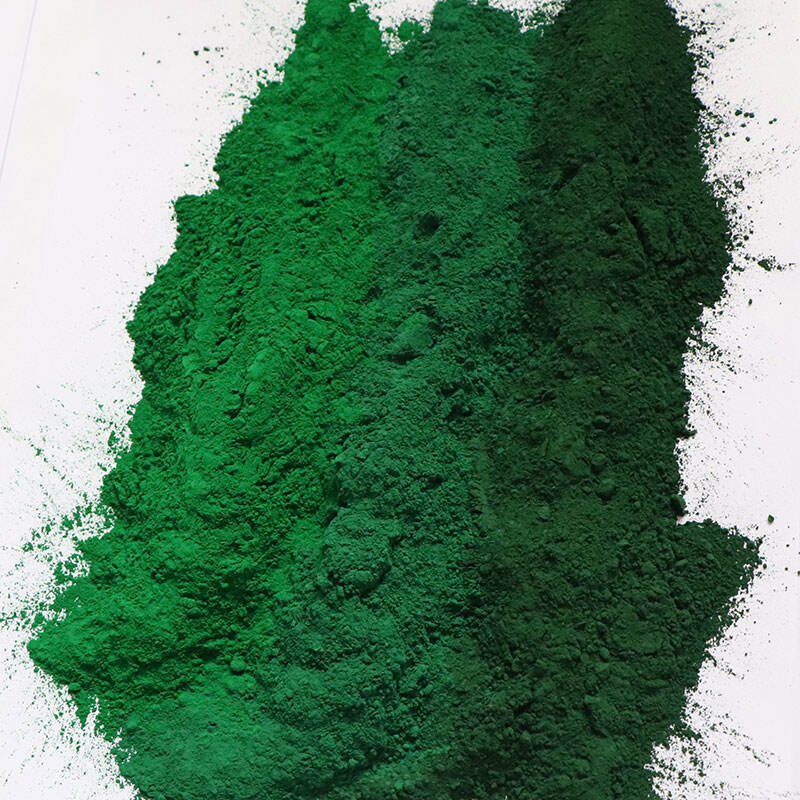dye price
Dye pricing in today's market represents a complex interplay of various factors that influence the cost of both natural and synthetic colorants. This comprehensive pricing system encompasses raw material costs, manufacturing processes, and market demand fluctuations. Modern dye pricing mechanisms factor in environmental compliance, production efficiency, and technological advancements in dyeing processes. The price structure typically varies based on dye type, quality grade, application method, and bulk quantity orders. Industrial-grade dyes command different price points compared to textile or food-grade alternatives, reflecting their specific applications and quality requirements. The pricing model also considers factors such as color fastness, light stability, and environmental impact. Recent technological innovations in dye manufacturing have led to more cost-effective production methods, potentially reducing overall prices while maintaining quality standards. Additionally, the emergence of eco-friendly dye options has introduced new pricing considerations, as sustainable production methods often require specialized processes and materials.

